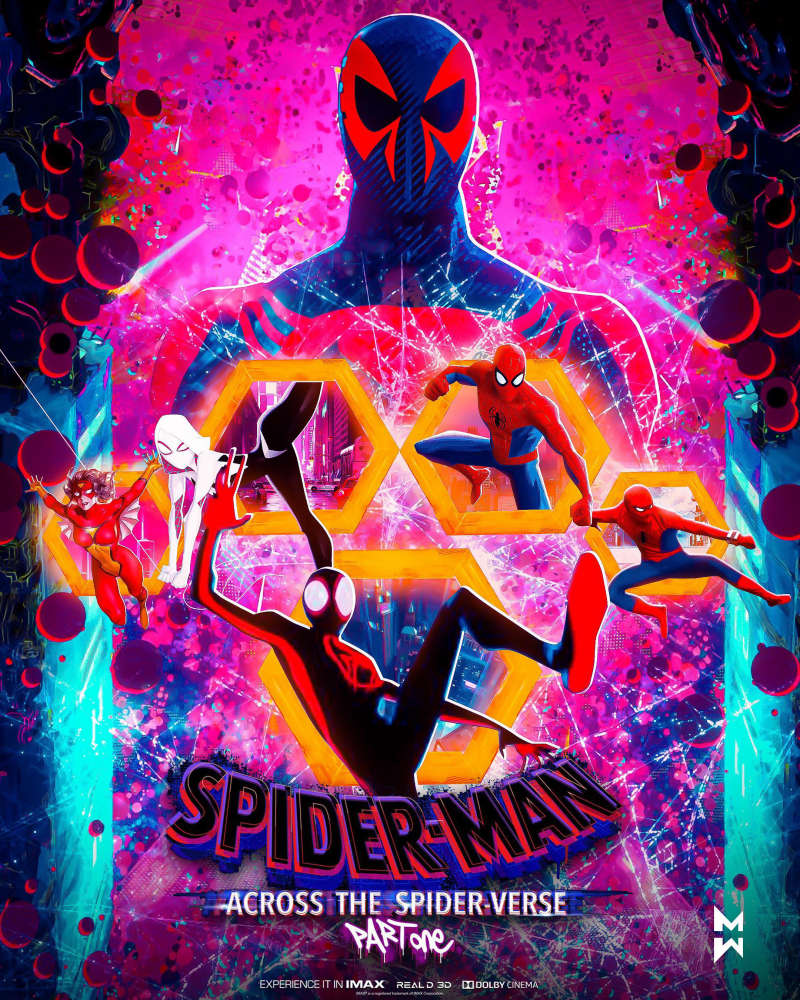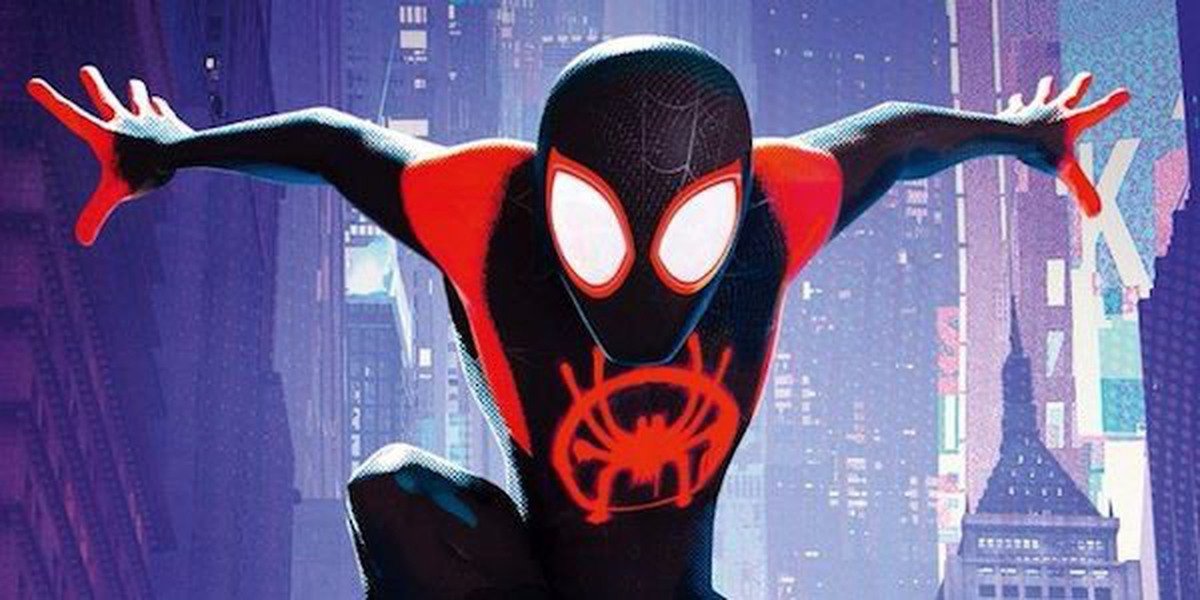Spider-Man: Into the Spider-Verse is one of the few movies that started the trend of Metamodernism in cinema. Vox even made a video talking about how the movie forced animation to evolve beyond mere hyperrealism – by using animation to create what the camera cannot capture, instead of simply replicating a lens’ vision. Yet even a recent rewatch of that genre-defining film could not prepare me for the sheer audacity of its sequel, Spider-Man: Across the Spider-Verse.
Across the Spider-Verse is a precise visualisation of what the medium of animation is capable of achieving. Throughout its history, animation has been seen more as a genre rather than a medium of expression and storytelling, but recent films like Puss in Boots, and the global popularity of anime have been pushing the envelope. Across the Spider-Verse tears it open by using stylisation to take you along as the narrative jumps from one universe to another, while cleverly employing comic panels to create dynamic images. Vibrant hues are used as an external reflection of a character’s internal conflict to completely immerse the viewer.

But revolutionary animation isn’t all that Across the Spider-Verse has to offer. The narrative is expertly crafted to resemble a jigsaw puzzle, where the audience can put the pieces together in their head just before the final picture comes into view. The film’s sound design and mixing act as a flourish for the incredible visuals, providing the right kind of adrenaline rush at key moments while helping the emotional core of the story to take centre stage.
In a world saturated by movies about superheroes traversing through the multiverse, Across the Spider-Verse is a breath of fresh air. The series has a better understanding of Stan Lee’s vision for Spider-man than any of its predecessors – it knows that the character is special because any one of us could be Spider-man. “Anyone can wear the mask.”


Rajas Dhanoa says:
That’s such a good summary of what the genre means, and what this installment does for this format of movie making.
June 8, 2023 — 2:23 pm